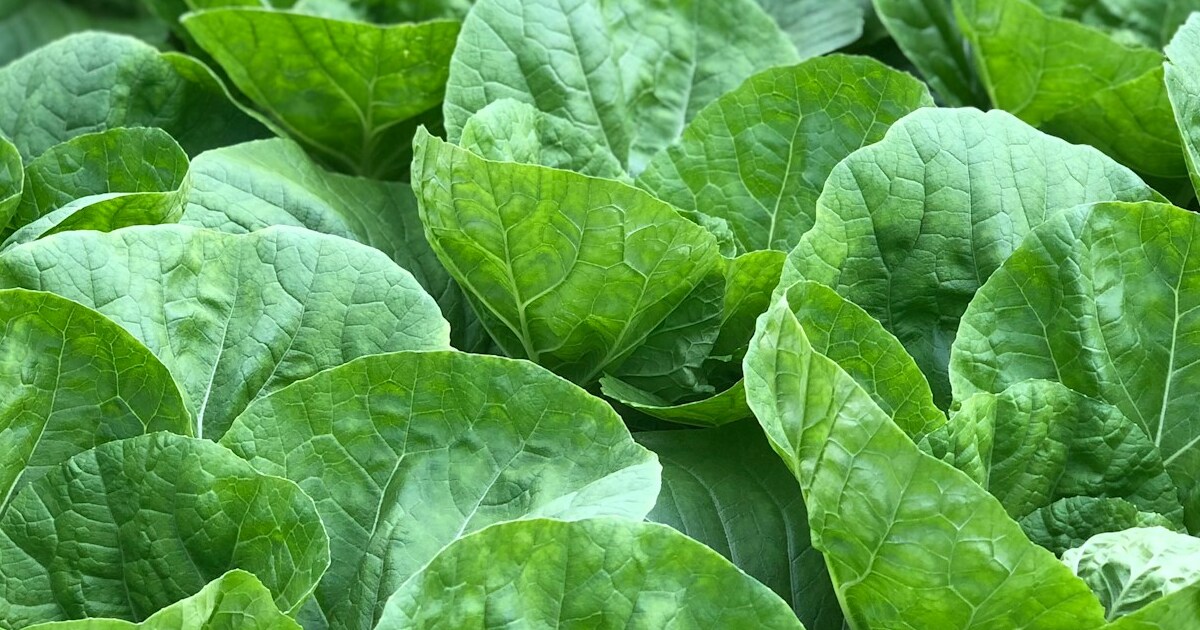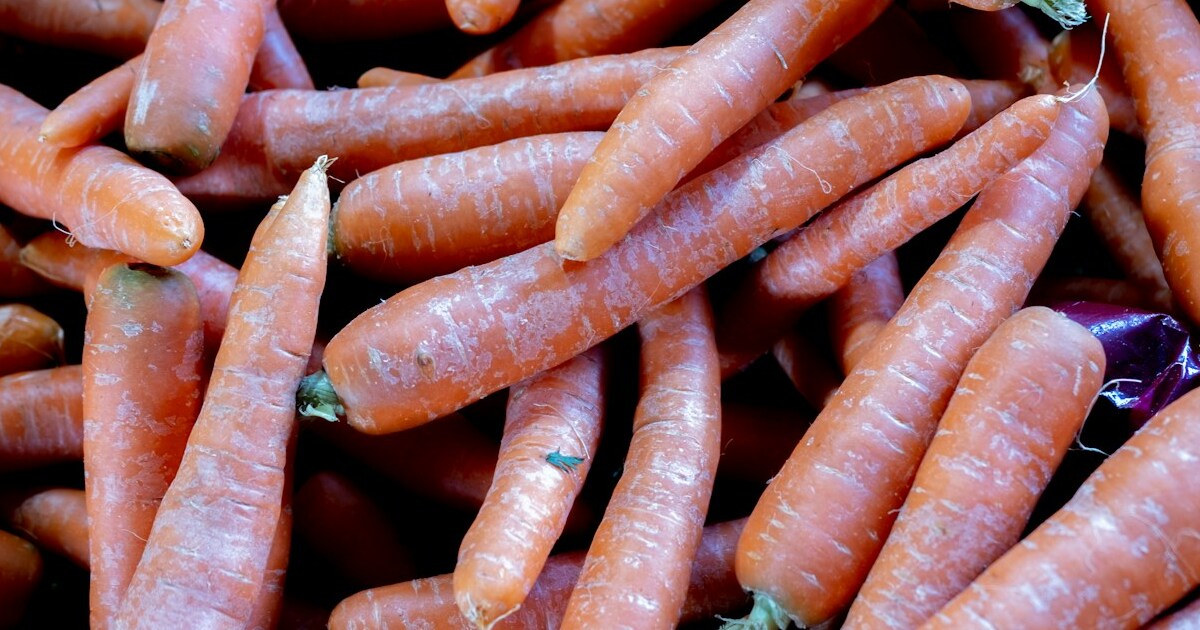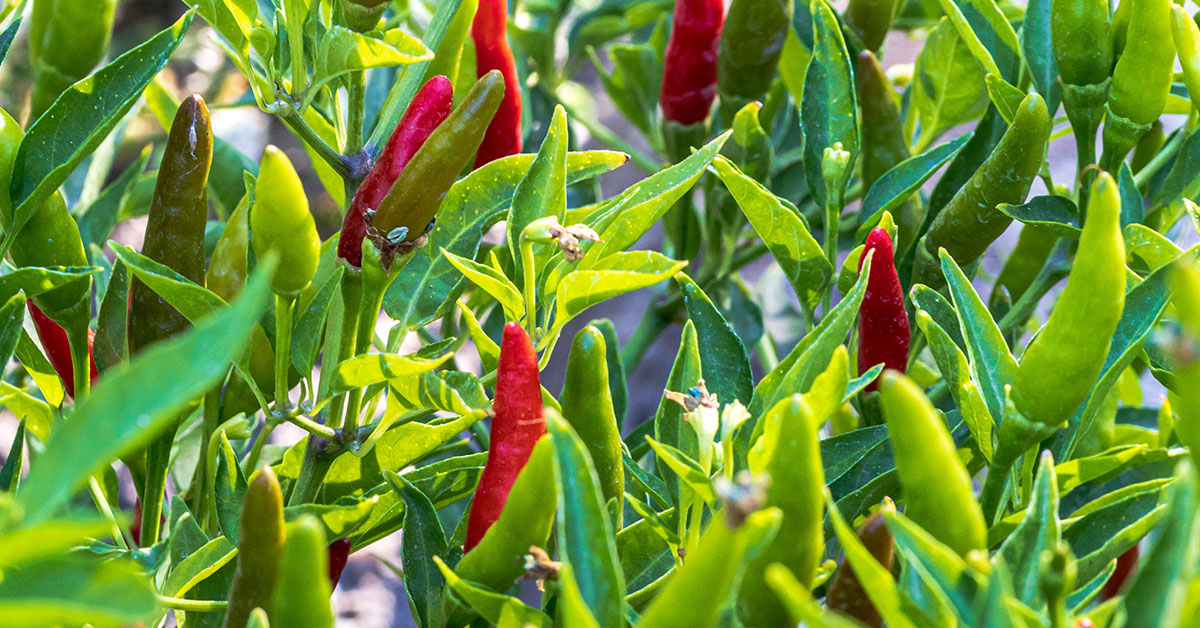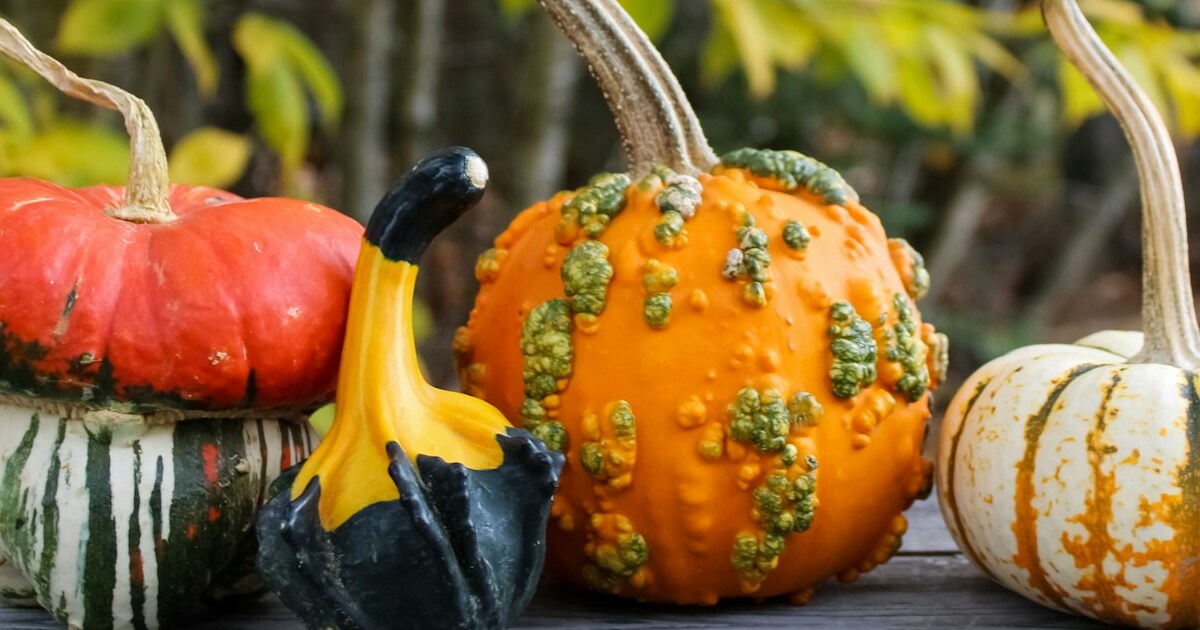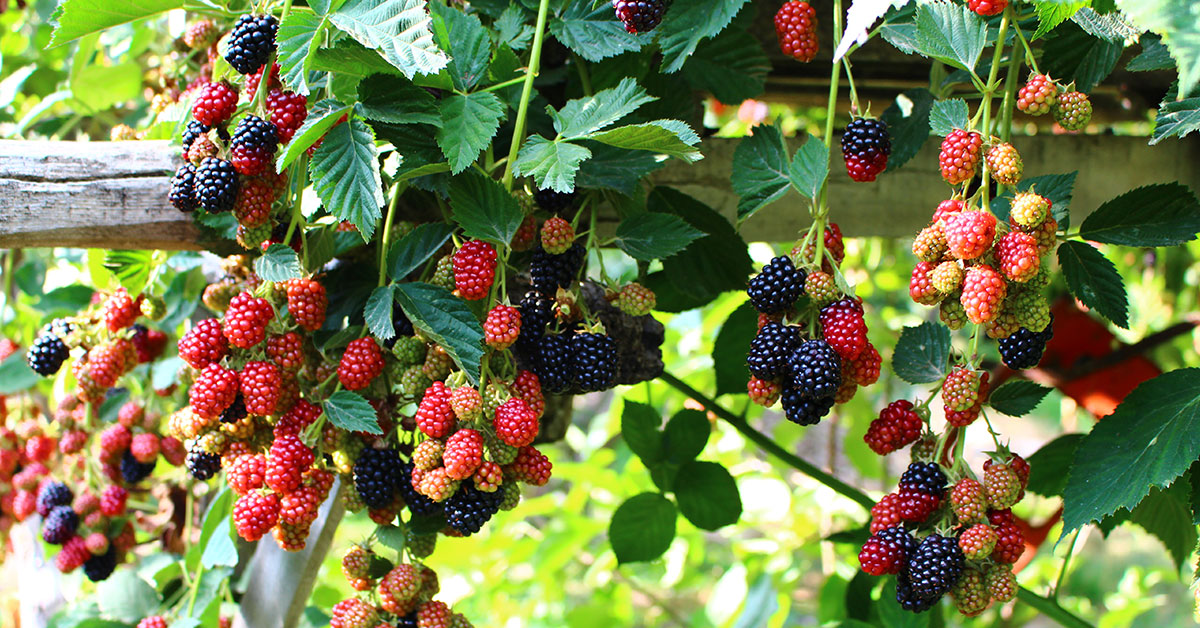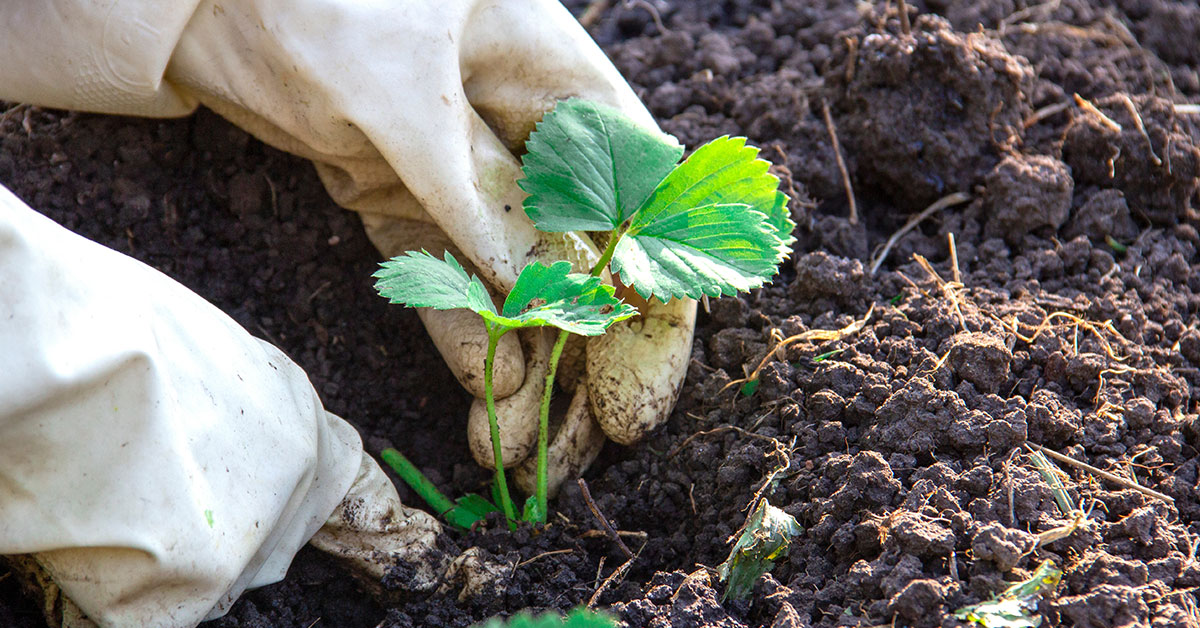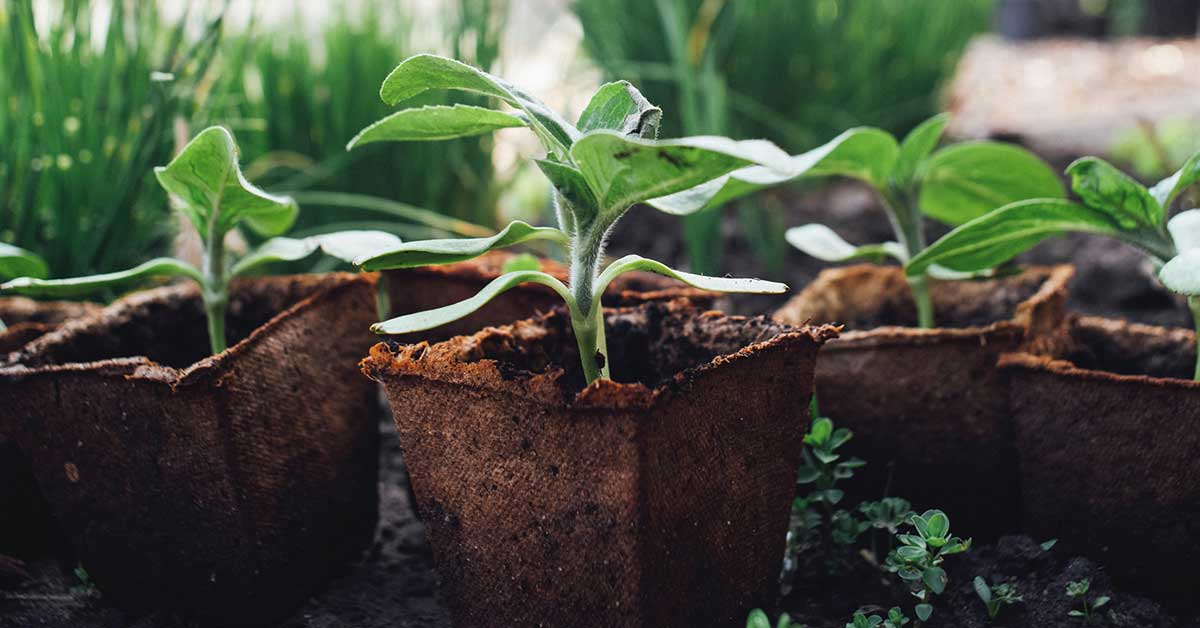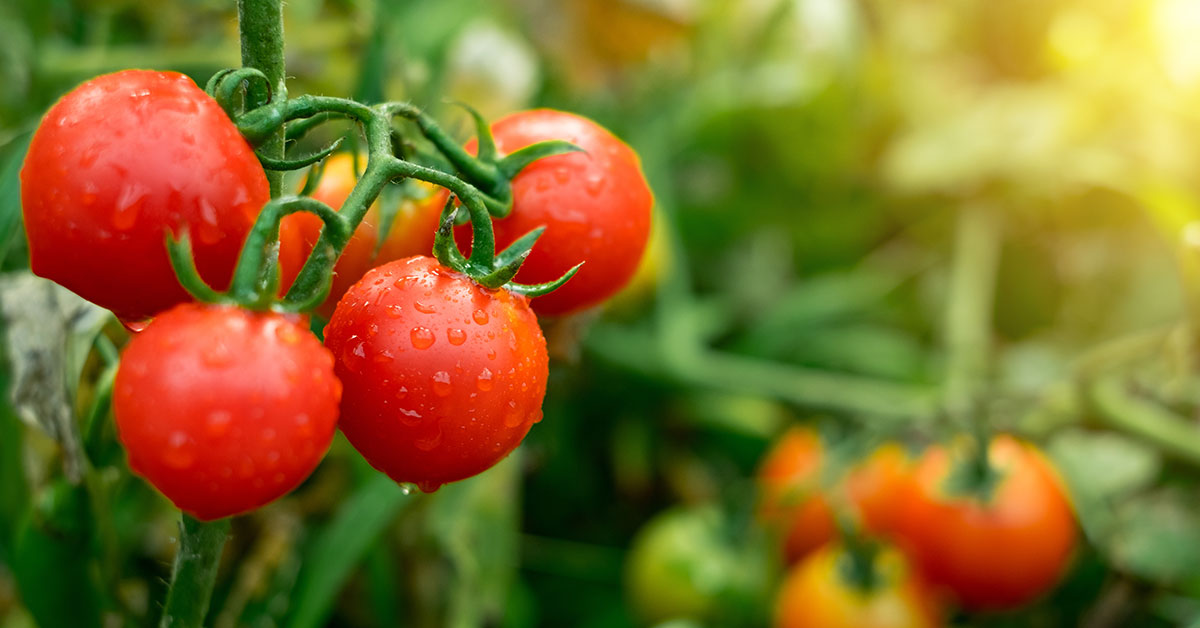In the world of gardening, finding the perfect companions for your plants can make all the difference. Choosing the best companion plants for pumpkins can promote healthier growth, increase yields, and even ward off pests naturally.
By strategically selecting the ideal plant allies, you can create a thriving garden ecosystem that maximizes the potential of your prized pumpkins. In this article, we will explore the fascinating realm of companion planting for pumpkins, uncovering a treasure trove of knowledge on the best plant companions to enhance their growth, deter pests, and achieve a bountiful harvest.
Whether you’re a seasoned gardener or a pumpkin enthusiast looking to optimize your garden’s potential, join us as we unravel the secrets of pumpkin companionship, where the harmonious interplay of plants leads to a flourishing and fruitful pumpkin patch.
The best companion plants for pumpkins
When it comes to companion planting for pumpkins, several plant allies can provide beneficial effects. Here are some of the best companion plants for pumpkins:
- Marigolds: Marigolds emit a strong scent that repels many pests, including aphids and nematodes, which can cause damage to pumpkin plants. Interplanting marigolds among your pumpkins can help deter these unwanted visitors.
- Nasturtiums: Nasturtiums serve as a natural pest deterrent, particularly against squash bugs and beetles. Their vibrant flowers attract aphids away from pumpkins, acting as sacrificial plants.
- Borage: Borage is an excellent companion for pumpkins as it attracts bees and other pollinators. Increased pollination can enhance pumpkin fruit set and yield.
- Corn: The tall stalks of corn can act as a natural trellis for vining pumpkin varieties. By planting pumpkins at the base of corn stalks, you can save space and provide support for the pumpkin vines to climb.
- Radishes: Interplanting radishes with pumpkins can help deter cucumber beetles. These beetles are known to attack pumpkin plants, but they are repelled by the scent of radishes.
- Beans: Beans are nitrogen-fixing plants that enrich the soil with this essential nutrient. Planting bush beans or pole beans near pumpkins can provide a natural source of nitrogen, benefiting the growth and development of the pumpkin plants.
- Herbs: Several herbs can serve as beneficial companions for pumpkins. Mint helps repel pests like ants and aphids, while oregano and thyme can deter harmful insects. Their aromatic qualities can also help mask the scent of pumpkins, making them less attractive to pests.
- Sunflowers: Sunflowers offer multiple benefits as companion plants. Their tall stalks provide shade and act as a natural windbreak for pumpkin plants. Additionally, sunflowers attract pollinators, enhancing the cross-pollination and fruiting of pumpkins.
Remember to consider the specific growing conditions and requirements of each companion plant, such as sunlight, soil type, and spacing, when planning your pumpkin companion planting scheme. By incorporating these beneficial companions, you can create a symbiotic garden ecosystem that promotes healthier pumpkin plants, minimizes pest issues, and increases overall yield.
Don’t plant these with pumpkins
While companion planting can offer numerous benefits to pumpkin plants, there are some plants that are considered poor companions due to potential negative interactions or competition for resources. Here are a few examples of plants that are generally considered unfavorable companions for pumpkins:
- Potatoes: Potatoes and pumpkins both have high nutrient requirements, and planting them together may result in competition for nutrients in the soil. It is best to avoid planting these two crops in close proximity to each other.
- Other Cucurbits: Growing different types of cucurbits, such as cucumbers, zucchini, or watermelons, near pumpkins can increase the risk of disease transmission. These plants are susceptible to similar pests and diseases, and planting them together can create an environment conducive to the spread of common issues.
- Brassicas: Plants from the brassica family, such as cabbage, broccoli, or cauliflower, are generally not recommended as companions for pumpkins. They have different soil and nutrient requirements, and their growth patterns may interfere with each other.
- Alliums: Alliums, including onions, garlic, and shallots, can potentially inhibit the growth of pumpkin plants if planted too close together. Alliums release chemical compounds that may hinder the development of other plants.
- Fennel: Fennel can produce substances that inhibit the growth of nearby plants, including pumpkins. It is advisable to keep pumpkins at a distance from fennel to avoid potential negative effects.
While these plants are generally considered less favorable as companions for pumpkins, it’s important to note that the specific interactions and outcomes can vary depending on various factors, including garden conditions and individual plant varieties. Observing and experimenting with different companion planting combinations can help you determine what works best in your specific garden environment.




